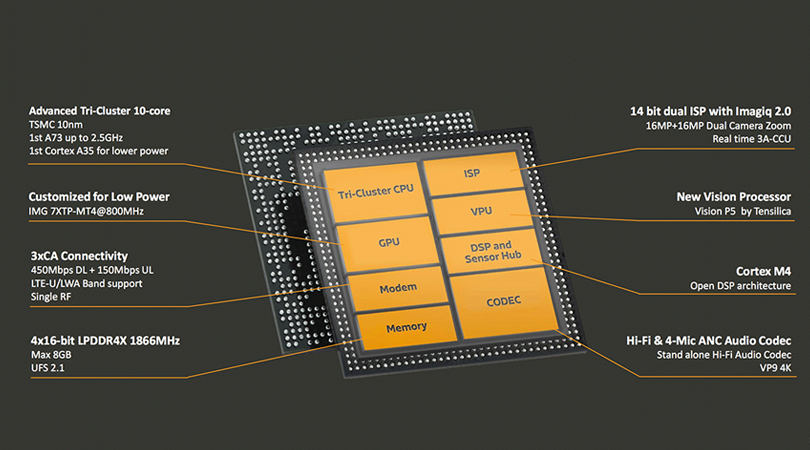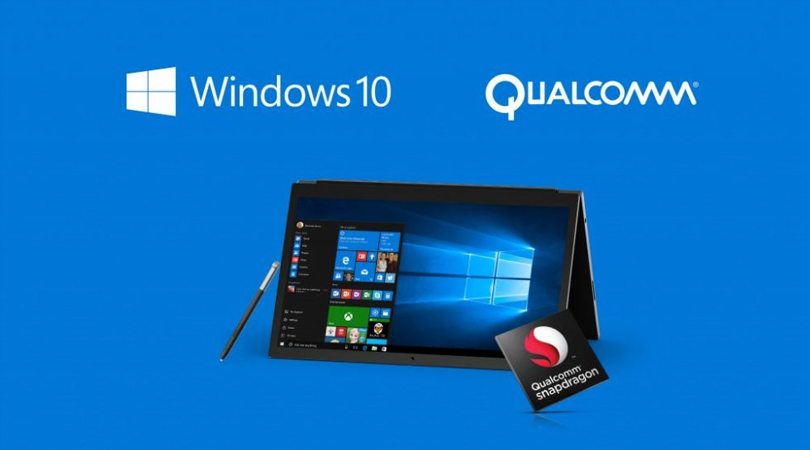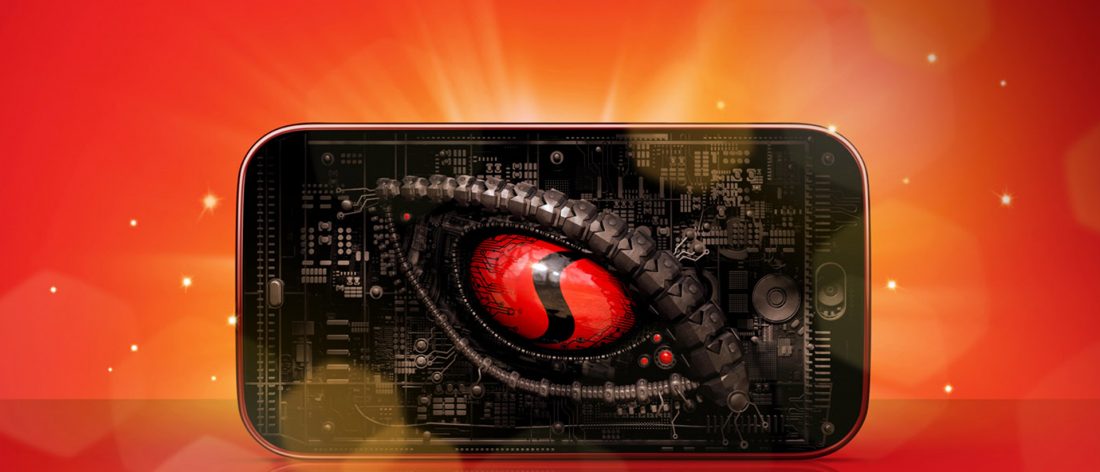Qualcomm has become one of the most familiarized names in the market today. Mobile devices like AR/VR headsets, Mobile Smart Phones, Wearable products along with a wide variety of other devices supporting Internet Of Things (IoT) are all powered by the Qualcomm chips. As a chipset company with this wide and tight hold on the market, you’d think Qualcomm would be looking to take it a little slow but that’s not how innovators work.
Qualcomm, for all its merits, at the Computex 2018 in Taiwan today introduced its most powerful chipset yet; the Snapdragon 850 processor. While mobile devices have always been its specialty, Qualcomm now looks to power a new generation of Windows devices running the latest version of Windows 10 on them without compromising on the performance or the battery life. On the contrary, adding the new Qualcomm Snapdragon 850 processor to the ‘Always-on Always-connected’ category of PCs makes these devices effectively more powerful in terms of performance. The devices even registered less thermal accumulation with respect to the other devices running on processors with similar power capacity.
The Qualcomm Snapdragon 850 chipset is an update to the Snapdragon 845 chip which was introduced for the mobile devices this year and is the successor of the Snapdragon 835 chips looking to replace it in the segment of ‘Always connected’ PCs. Adding Qualcomm chips in these devices, helped them achieve faster performance, added battery life and faster connectivity too.

What has improved?
The most noticeable difference that exists between Qualcomm Snapdragon 850 and the previous gen Snapdragon 835 is the increased clock speed adding up to become around 2.96 GHz which is somewhere around 30 percent faster than all the chips before. Along with that, the Snapdragon 850 offers an increased battery life of up to 20 percent helping the devices reach a battery life of up to 22-25 hours. The added integrated LTE modem increases the peak Gigabit speeds to up to 20 percent as compared to that of the Snapdragon 835.
How did that happen?
Without boring you with the details, let me quickly tell you that the increased performance and better features owe everything to the Snapdragon 845 processor. Built on the similar 2nd gen architecture of the Snapdragon 845, the developers understood how things can be made more exciting than what they are today. While the size remains the same as the to-be-integrated-on-mobile chip Snapdragon 845 of around 10 nm; added benefits were received from the wider chasses space which allowed the heat to be dissipated more efficiently as it is to be integrated on relatively bigger device; a PC. This also gave them the ability to integrate systems like X20 modem for connectivity with tweaked and tuned hardware and software capabilities which increases the data transfer speeds to up to 1.2GB/s.
Does it really work?
The only premise of a device’s success is its ability to perform and boy, does it perform! The Endgadget team took this device for a test drive on several courses like a number of game tests, and a photo editing test and the results seem promising. Device even performed extremely smooth on the 64-bit game, Vendetta.
Along with promising results of gaming tests, the device powered with a Qualcomm Snapdragon 850 chipset was able to smoothly edit a webcam photo the on Adobe Photoshop. The results proved that the device performed smoothly and was highly-responsive under this stress-test as compared to running Photoshop on the Asus NovaGO where it was possible to run the application but made it highly unstable.
The reviewers also faced absolutely no lag or frame-drops with the 2K display in action; although the graphics still weren’t mind-blowing.
The added support of a web-camera with the ability to capture images and videos in 4K and HDR display, however, blew away a lot of people. Qualcomm explained how it was a popular demand among customers who wish to record high-quality videos for training and video conferencing.

Who all are onboard?
Since Microsoft would be basking in the glory if the Qualcomm powered devices act as well as they are expected to, we saw Microsoft announce new added tools and SDKs for developers to play more on and bring a plethora of 64-bit applications to these new ‘Always connected PCs’. We expect Snapdragon 850 to be able to run a lot, if not all, 64-bit applications by the time it arrives in the market which is expected to be somewhere later this year.
Although the devices powered by this new chipset haven’t been announced yet, some of the most powerful device manufacturers like Asus, HP and Lenovo have announced their entry in the ‘Always-on, Always-connected’ PC category by introducing products powered by Snapdragon 835 chips earlier this year.
Since all the major players already have their pawns in the game, it is just a matter of time when pawns would be evolved to take on bigger tasks. With devices and processors in the pipeline which will essentially escalate the user experience while using PCs, it is certain that 2018 would be a rather exciting year.
Stay connected with us on the Latest news section to know about more the exciting announcements to come in the Computex 2018.






